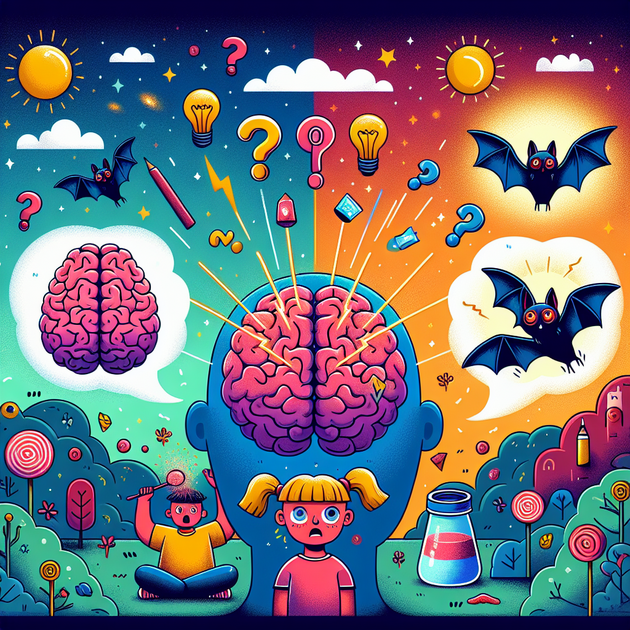Ever heard that humans only use 10% of their brains? It sounds convincing, but it’s actually one of the most famous science debunked facts out there. Despite mountains of evidence proving it false, this idea pops up everywhere—from movies to everyday conversations. Why do these myths stick around so stubbornly?
The 10% Brain Myth—and Why It Won’t Die
Let’s start with that brain myth. The claim is simple: “You only use 10% of your brain.” But neuroscience has shown for decades that we use virtually every part of our brains—even when we’re sleeping or daydreaming. Brain scans light up all over depending on what we’re doing or thinking.
So why does this myth persist? It’s catchy and gives us hope for untapped potential. Popular culture loves stories about unlocking hidden abilities. But as Harvard Health explains, our brains are already working at full tilt—there aren’t secret areas waiting to be activated.
Other Popular Myths Science Has Busted
The 10% brain myth isn’t alone. Here are a few more science debunked facts that just won’t go away:
- Sugar Makes Kids Hyper: Studies show no clear link between sugar and hyperactivity in children (National Institutes of Health).
- You Need to Drink 8 Glasses of Water Daily: There’s no scientific basis for exactly eight glasses—hydration needs vary per person (Mayo Clinic).
- Bats Are Blind: Bats can see quite well and use echolocation as an extra tool (Britannica).
- Cracking Knuckles Causes Arthritis: Research shows no direct link between knuckle cracking and arthritis (Johns Hopkins Medicine).
- The Great Wall of China Is Visible from Space: Astronauts have confirmed it’s not visible to the naked eye from space (NASA Earth Observatory).
These are just a handful among dozens of persistent misconceptions.
Why Do Debunked Facts Stick Around?
It turns out there are psychological reasons people hold onto these “facts,” even after science moves on. Some ideas are easy to remember or repeat because they’re simple or surprising. Others might tap into our hopes or fears—like thinking we could unlock more brainpower or worrying about sugar rushes in kids.
There’s also something called the “illusory truth effect.” The more often we hear something—even if it’s false—the more likely we are to believe it’s true. That’s one reason these beliefs spread so easily on social media and in pop culture.
A Story from Everyday Life
A friend once insisted at dinner that drinking cold water would “freeze your fat” and help burn calories faster. Most folks laughed it off, but a few genuinely wondered if it was true. Later on, someone looked it up and found out while drinking water slightly boosts metabolism due to warming it up in your body (WebMD), there’s no magic “freezing” effect melting away fat. It was a perfect example of how even well-meaning advice gets twisted into enduring myths.
Busting Myths for Better Understanding
Learning about science debunked facts isn’t just an academic exercise—it helps us make smarter choices every day. Here are some quick tips for spotting myths:
- Check trusted sources: Sites like Snopes.com, major universities, and reputable health organizations often clarify myths.
- Avoid sharing before checking: If something sounds too good—or bad—to be true, look it up first.
- Tune into your own skepticism: It’s okay to ask questions or challenge things you’ve always heard.
Curious minds help everyone move closer to truth—and keep old myths from making comebacks!
The Takeaway: Question Everything (Gently)
Science advances by challenging what we think we know—even those “facts” everyone seems sure about. Next time you hear something familiar (like goldfish having three-second memories—that one’s not true either), take a second to wonder where it came from.
What other “common facts” have you heard lately that made you pause? Let us know in the comments!

Leave a Reply